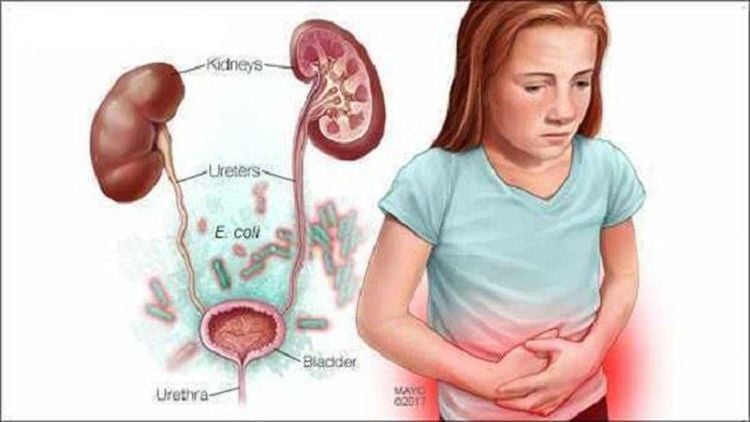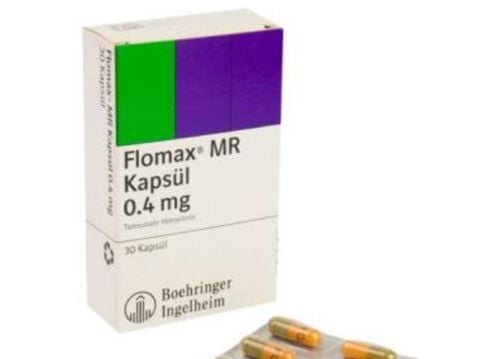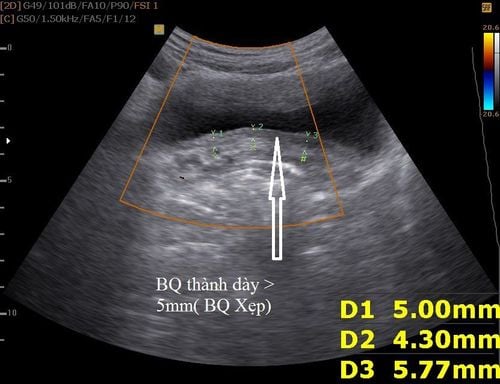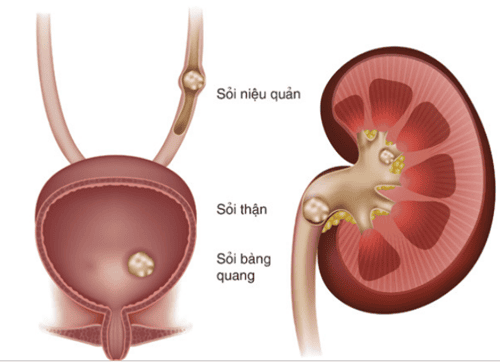This is an automatically translated article.
Endoscopy is a method used in the exploration and diagnosis of many diseases on the body. This method is now also being applied in the diagnosis and treatment of urinary diseases and is an effective treatment for bladder tumors.
1. Indications and contraindications for laparoscopic cystectomy
Laparoscopic cystectomy is one of the simple and effective treatment methods for superficial bladder tumors, even if the tumor recurs when the tumor has not yet progressed to the advanced stage.
1.1 Indications for laparoscopic cystectomy in cases
Bladder tumor is clinically identified as a superficial tumor, the tumor is only at the submucosal invasion stage, not yet at the level of invasion to the muscle layer according to the classification table of the World Anti-Cancer Organization. as solitary tumor, 2-3 tumor or as diffuse tumor, tumor size less than 3cm The patient does not have urinary tract infection, the urethra is wide enough to fit the laparoscopic cutter easily Bladder The patient had no malformations, no large diverticulum, no bladder tumor located in the diverticulum, and no sclerosis of the hip joint.
1.2 Contraindications
Laparoscopic cystectomy is absolutely contraindicated in the following cases:
Bladder tumor is determined from stage 2 or more Patients with urethral stricture Patients with urinary tract infections Patients with diseases of the urinary tract pelvis, hip joints, can not lie in the obstetric position for endoscopy Patients with progressive diseases such as liver failure, cardiovascular disease, diabetes, blood clotting disorders.

Bệnh nhân suy gan không được chỉ định nội soi
2. Steps to perform laparoscopic bladder tumor removal
Patients who are indicated for the above mentioned bladder tumor will be enema and fasting before laparoscopic removal of the tumor. After the preparation steps such as checking the patient's medical record, the patient is ready to be qualified for endoscopy, the doctor will take the following steps to perform the technique:
The patient lies in the obstetric position. endotracheal anaesthesia or spinal anaesthesia
Place the endoscope into the bladder Assess the bladder tumor Cut the bladder tumor to the muscle layer of the bladder Burn hemostasis Pumping and collecting specimens sent for pathology Remove the machine, Place a 3-prong urinal catheter to wash continuously. After cystectomy, the patient is monitored throughout the body to assess the status of infection and bleeding after surgery. In addition, patients will be closely monitored urine status in terms of color, quantity, and status of urine circulation after surgery, monitoring abdominal status after surgery and performing antibiotic prophylaxis. .
The urinary catheter is removed after a few days when the urine is clear depending on the size, number and extent of the bladder tumor.
After cystectomy, patients are classified into risk groups:
Low risk group: primary, single tumor, superficial tumor, tumor smaller than 3cm Moderate risk group: Cannot be classified into 2 groups other High-risk group: Tumor to reticular mucosal layer, poorly differentiated, primary tumor, multiple and recurrent tumor,
3. Supportive treatment after laparoscopic cystectomy
Patients after surgery for superficial bladder tumors will be treated depending on their condition and ability to recover. Supportive treatment will be based on the results of the risk group classification after laparoscopic resection. Specifically:
Local chemotherapy (injection into the bladder) perioperative for low- and medium-risk nipples. Low-risk groups need only 1 time. Moderate-risk groups need to continue local chemotherapy in the evening. up to 1 year with chemotherapy or BCG High-risk group needs to continue local immunotherapy 1-3 years with BCG Husband prescribes BCG for patients being treated for tuberculosis of the urinary system or other organ tuberculosis, disease Patients with urinary tract infections, gross hematuria, poor health There is no standard regimen for local chemotherapy. In addition, complications after cystectomy will also be managed, in which complications common such as: Urinary tract infections are treated against infection, bleeding, bladder perforation requiring open surgery to stop bleeding and suture the perforated bladder...

Nhiễm khuẩn tiết niệu có thể xảy ra sau nội soi cắt u bàng quang
Thus, laparoscopic bladder tumor removal is an effective treatment for bladder tumors, however, it should be indicated to apply the right cases and tumor status to avoid complications and dangers after implementation.
Any questions that need to be answered by a specialist doctor as well as customers wishing to be examined and treated at Vinmec International General Hospital, you can contact Vinmec Health System nationwide or register online HERE.













